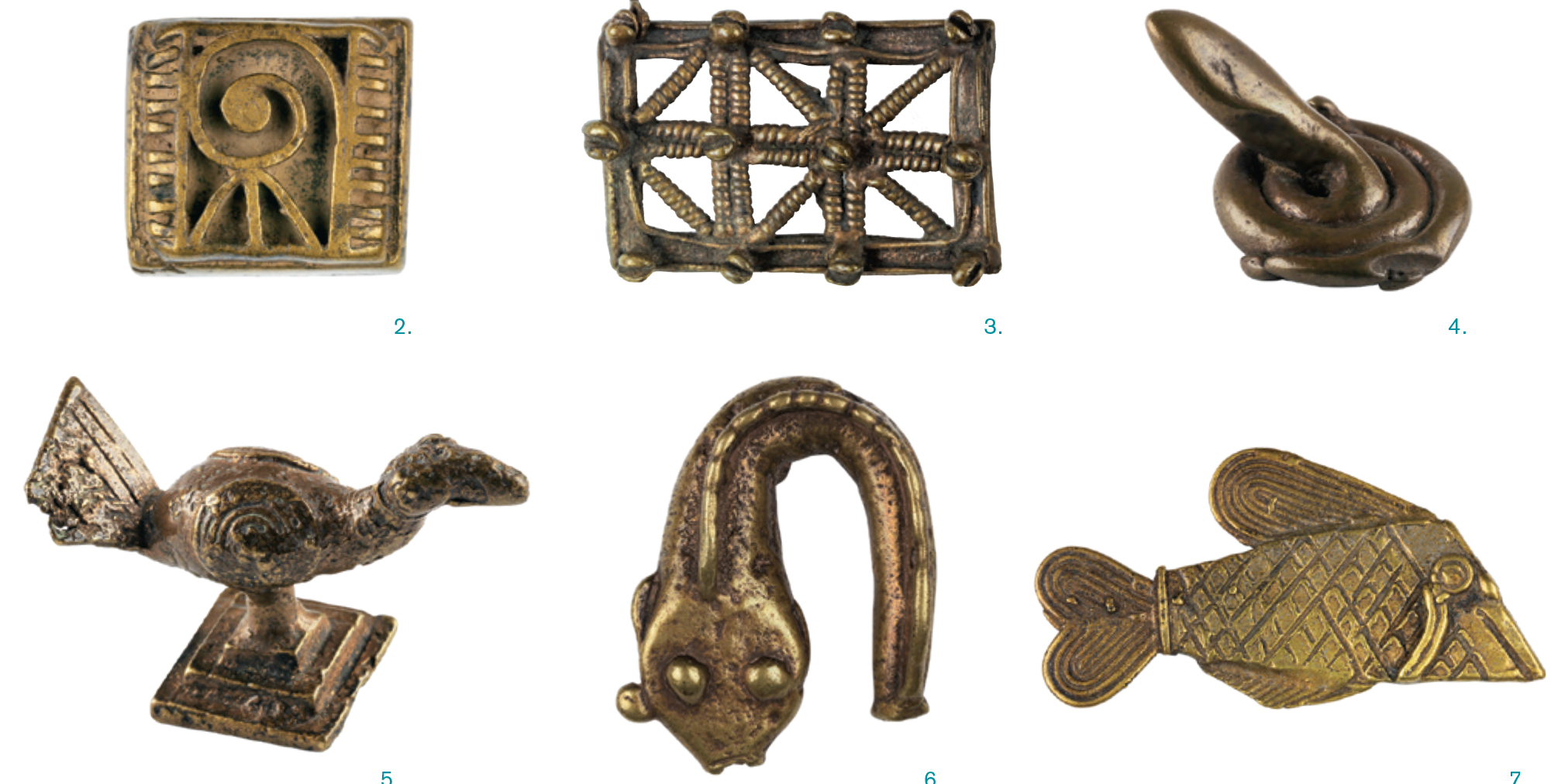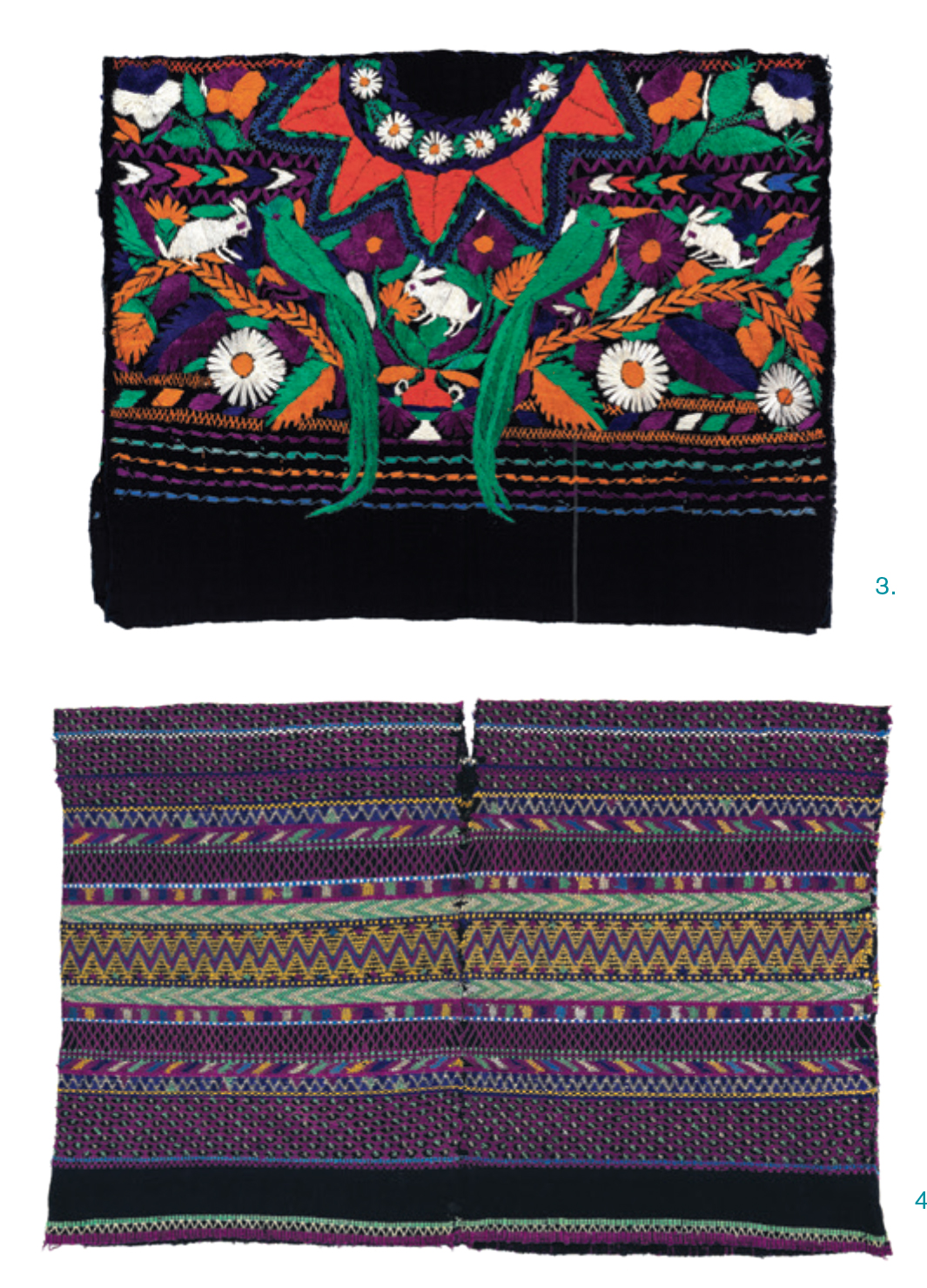Africa Galleries
They are often called “gold weights,” but they are actually made of brass, cast using the lost wax process. These detailed, animated figures were used as standards to weigh gold dust. Some depict animals such as porcupines, fish, and snakes, or more mundane items like coiled rope and knives. Others are geometric symbols. Our collection includes a variety of human figures: standing, seated, mounted, and in groups. In the former Africa Galleries, these objects were a popular attraction. While the new Galleries are being built, the weights have been under conservators’ care for cleaning before they are exhibited again. They will be a part of a new section illustrating currency and exchange across the continent.


Mexico and Central America Gallery
The living arts of Maya dance masks and clothing highlight cultural continuity through time, yet also tell dramatic stories of change, resistance, and resilience through centuries of colonization, environmental disasters, political unrest, and globalization. Maya dance has evolved with humor and satire in Highland Guatemala where wooden masks are danced regularly in complex dramas. For generations Maya clothing has adapted to influences from far and wide. New selections from the Museum’s rich collection will be rotated into the Gallery each year including these women’s cotton and silk huipils (blouses). The new Gallery will explore some of their stories.


